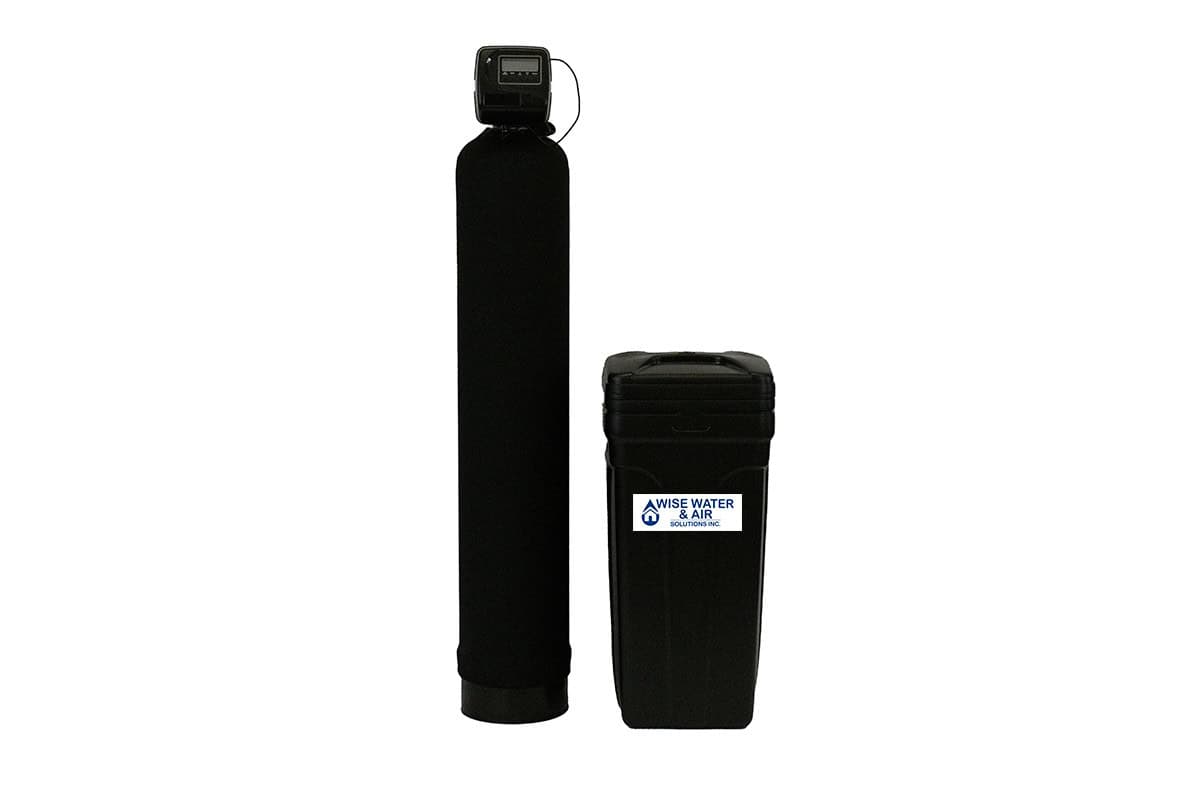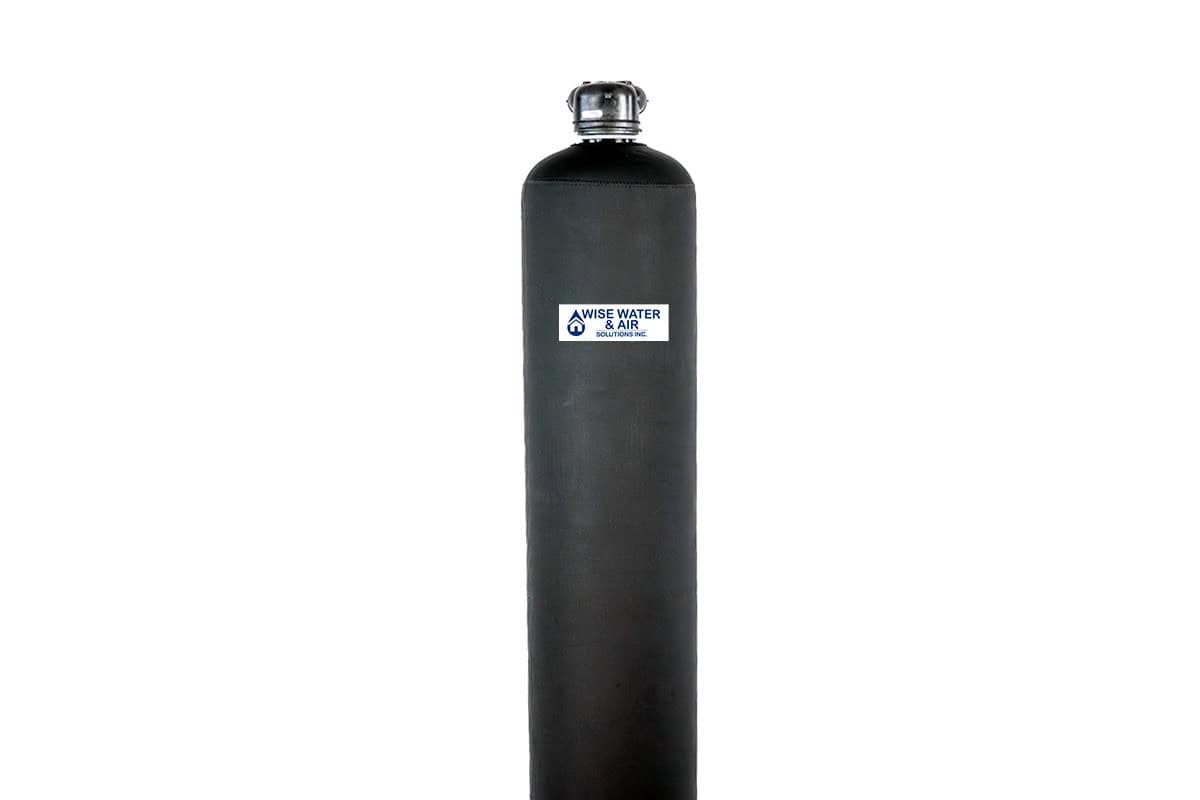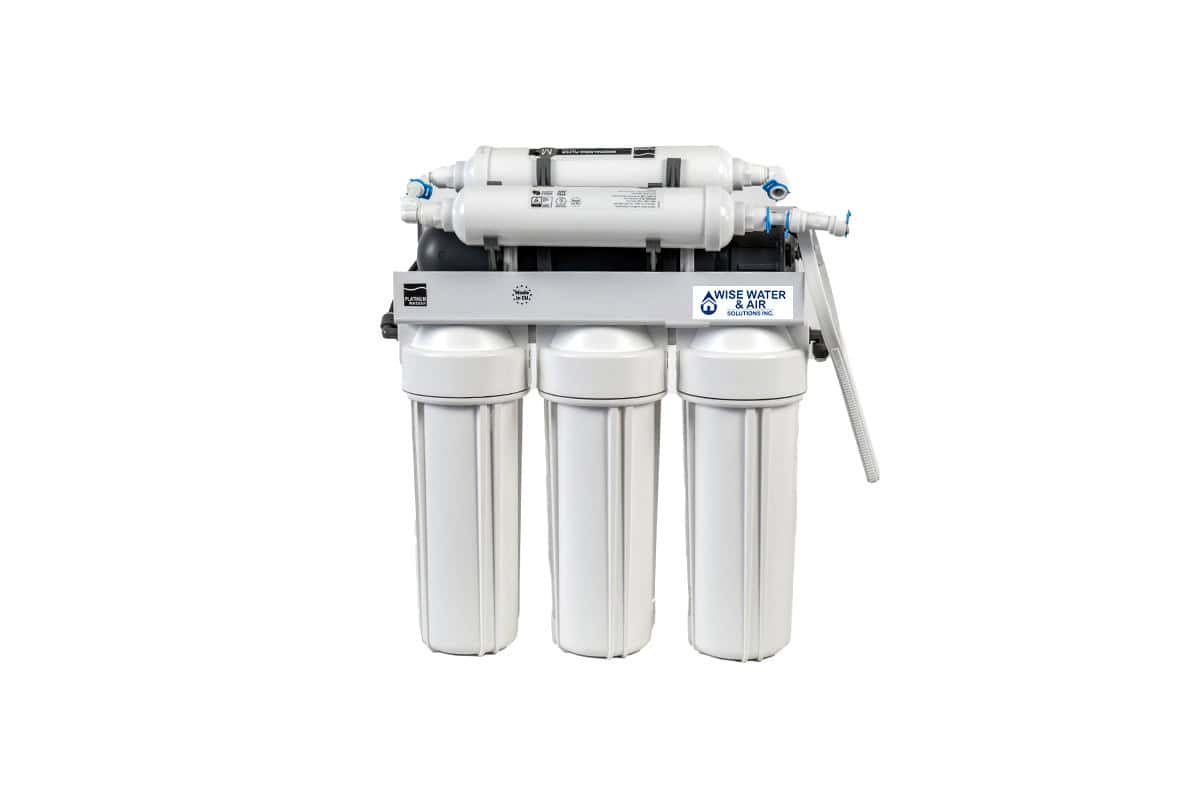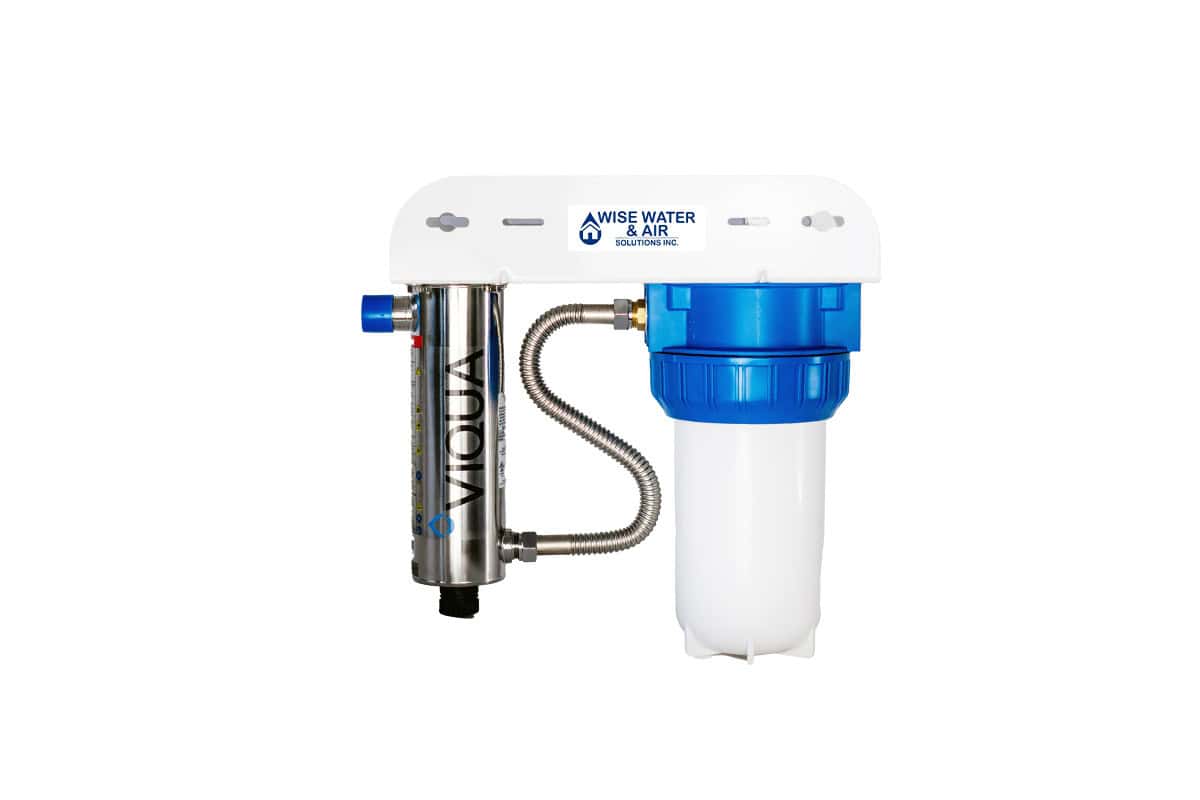Improve Your Water Improve Your Health: Ontario’s Leading Filtration Specialists
Wise Water & Air Solutions delivers innovative, eco-friendly water systems tailored to Ontario homes and businesses. Protect your family’s health, extend appliance life, and embrace water that’s clean, sustainable, and dependable. Discover the Wise difference today!
Our WISE Water Solutions
We provide the best water filtration solutions in Ontario, tailored to meet the needs of both residential and commercial clients.

Water Softeners
Explore our range of water softener systems for soft water with no calcium buildup throughout your home. "Glass without stains"

Water Filtration
Discover our advanced water filter systems for your home. For every specific needs.

Reverse Osmosis
Browse our selection of reverse osmosis systems (Ionized & Alkaline) to improve your water quality with pure, contaminant free water.

UV Sterilization
Browse our selection of Ultra Violet Systems for bacteriological control and sterilized water throughout your whole home.

Expert Water Filtration Solutions Tailored to Your Needs
Confused about choosing the right water filtration system or unsure whether you need a reverse osmosis system, water softener, or filter?
Our knowledgeable team is here to guide you! We’ll help you select the perfect solution to enhance your water quality, protect your home, and meet your unique needs.
Wise Water Soultions The Smart Choice for All Water Problems
Discover innovative, eco-friendly water systems trusted by homeowners and businesses for exceptional performance and lasting results.
Proven Expertise
Backed by 40+ years of experience, Wise Water delivers solutions tailored to your water needs.
Innovative Technology
Leverage state-of-the-art water treatment systems designed for efficiency, reliability, and sustainability.

Affordable Excellence
Get premium water treatment systems at prices that fit your budget without compromising on quality.
Eco-Friendly Solutions
Wise Water systems prioritize eco-conscious technology, reducing waste and conserving water.
Why Choose Wise Water?
Wise Water & Air Solutions is the trusted choice for everyone in Ontario seeking clean, high-quality water.
Our team provides exceptional customer service and unparalleled expertise, offering a wide range of eco-friendly water filtration systems tailored to meet your specific needs.
From advanced reverse osmosis systems to efficient water softeners, we ensure every solution enhances your water quality, protects your family’s health, and promotes sustainability. Our focus on local water quality expertise, combined with a commitment to using cutting-edge filtration technology, sets us apart.
When you choose Wise Water & Air Solutions, you’re investing in a healthier, safer, and more sustainable future, backed by a company dedicated to delivering value and results.


Cost Effective
Wise Water & Air Solutions offers affordable, high-quality water filtration systems designed to reduce long-term costs by eliminating the need for bottled water, protecting appliances and improving water efficiency.

Proven Reliability
With advanced filtration technologies and a track record of excellent service, our systems deliver consistent, dependable performance to ensure your water remains clean and safe.

Customized Solutions
We provide customized water treatment solutions for both residential and commercial clients, addressing unique water quality challenges with precision and expertise.

Sustainability & Quality
Wise Water & Air Solutions offers affordable, high-quality water filtration systems designed to reduce long-term costs by protecting appliances, improving water efficiency, and eliminating the need for bottled water.
What Our Customers Are Saying About Cleaner, Healthier Water
Hear How Wise Water & Air Solutions Transformed Lives Across Ontario
“Great people! Family business. Maurizio is a gentleman. I had an issue with my system, that was installed in the last year and he replaced it, honouring the warranty. Manuela his daughter was very professional and efficient. I would recommend this company. I’m very happy with their product and service.”
 M. A.
M. A.“I highly recommend Wise Water. They provided expert advice and took the time to answer all my questions. The installations were done professionally and in the timeframe promised. When I had a problem they fixed it within 24 hours. Wise Water gives me confidence that the water I drink and use at home is the best quality.”
 P Burnside
P Burnside“I would like to say thanks to wise water and their technician Sergio did an excellent job of explaining what he was going to do. He answered all questions at the installation of the new system and operation of the unit. He was friendly, polite and considerate of us and our home. Sergio was punctual & efficient. Job well done!”
 Ali Hisan
Ali Hisan“We upgraded my system in Nobleton. The water is great we added alkaline and it tastes so much better. Customer service was very nice and personal. Installation was very quick and prompt. For my wife satisfaction no more stains.”
 Toronto Ballroom
Toronto Ballroom
Get Your FREE Water Test!
Ready to experience the difference clean, safe water can make? Contact our expert team today and let us guide you to the perfect water solution tailored to your needs.
We’re here to answer your questions, provide professional advice, and help you take the first step toward better water quality for your home or business. Plus, get started with a free water test to see exactly how we can enhance your water experience. Reach out now and discover how healthier, cleaner water can transform your life!

Frequently Asked Questions
Answers to Your Questions About Water Filtration Systems
A water softener removes hardness-causing minerals like calcium and magnesium, which can cause scale buildup in appliances and plumbing. A water filter, on the other hand, removes contaminants like sediment, chlorine, bacteria, and heavy metals, improving the water’s taste, safety, and overall quality. Both systems can work together for comprehensive water treatment.
Filters in a reverse osmosis system typically need to be replaced every 6 to 12 months, depending on water quality and usage. The sediment and carbon pre-filters usually require more frequent replacement (every 6 months) to protect the RO membrane, which may last 2–3 years. Post-filters, which improve taste, often require annual replacement. Regular maintenance ensures the system delivers optimal water quality and prolongs the life of its components. Check your manufacturer’s guidelines for specific intervals or let our team handle professional maintenance for peace of mind.
Municipal water often meets basic safety standards, but it may still contain contaminants like chlorine, heavy metals, or sediments that affect taste and quality. A water filtration system provides an additional layer of protection, ensuring cleaner, purer water for drinking, cooking, and bathing. It enhances your family’s health and reduces reliance on bottled water, saving money and protecting the environment. A water softener removes hardness-causing minerals like calcium and magnesium, which can cause scale buildup in appliances and plumbing. A water filter, on the other hand, removes contaminants like sediment, chlorine, bacteria, and heavy metals, improving the water’s taste, safety, and overall quality. Both systems can work together for comprehensive water treatment.
While reverse osmosis systems excel at removing contaminants like lead, arsenic, and dissolved solids, they are primarily designed for drinking and cooking water. For whole-house water needs, such as bathing or laundry, pairing reverse osmosis with a water softener or other filtration solutions may be necessary. Our experts can help you design a comprehensive system for all your water quality needs. A water softener removes hardness causing minerals like calcium and magnesium, which can cause scale buildup in appliances and plumbing. A water filter, on the other hand, removes contaminants like sediment, chlorine, bacteria, and heavy metals, improving the water’s taste, safety, and overall quality. Both systems can work together for comprehensive water treatment.
Regular maintenance is crucial to keep your water filtration system performing at its best. This typically involves replacing filters every 6 to 12 months, depending on usage and water quality. Some systems, like reverse osmosis, may require periodic membrane replacement. Our team offers professional maintenance services to ensure your system runs smoothly and delivers optimal water quality year-round.





